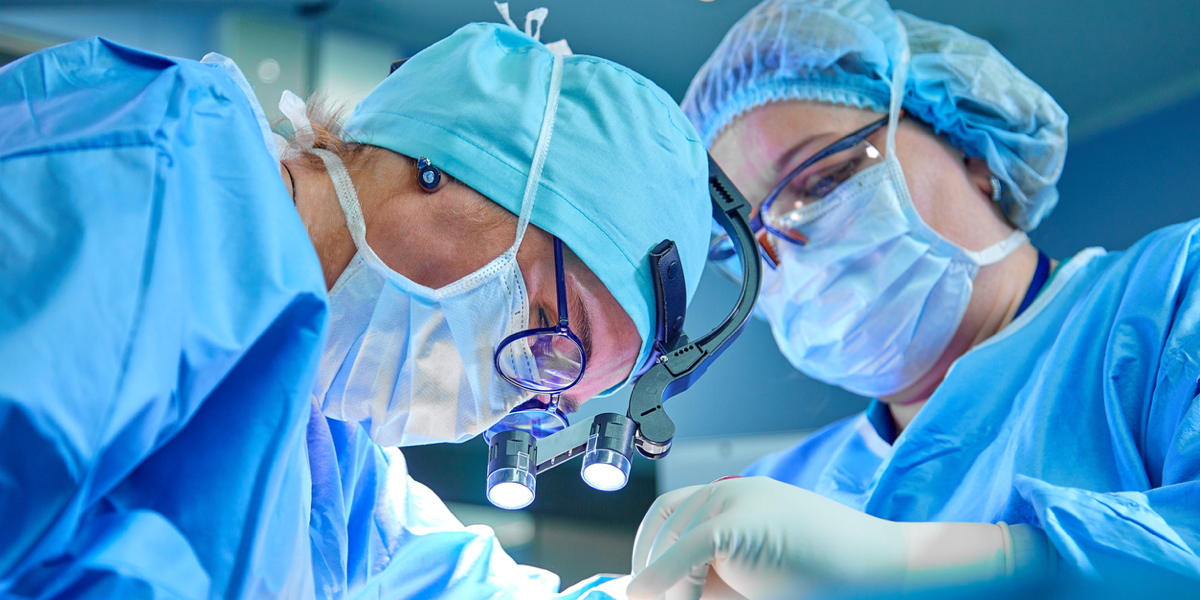Surgery is rarely used to treat IC/BPS
As the final treatment option in the 2022 AUA Guidelines, major surgery is reserved for the very small select group of patients who have exhausted all other therapies and whose symptoms are directly caused by the bladder. Pain relief is not guaranteed and pain can persist even if the bladder is removed. Thus, surgical options must be carefully reviewed by both the patient and the physician, including the surgical options, potential risks vs. benefits and experience of the surgeon. You always have the right to request a second opinion with, perhaps, a more experienced surgeon, if necessary.
Who should have this done?
Bladder surgery is best reserved for patients with:
- a very small, fibrotic bladder
- a small bladder capacity under anesthesia
- the presence of Hunner’s lesions.
Patients who are not good candidates or pose a higher risk of failure have:
- large bladder capacity (volume) under anesthesia
- an absence of Hunner’s lesions
- lack of relief with an anesthetic instillation
- pelvic floor muscle tension and tenderness
- genital hyperesthesia
- pain beyond the pelvis
- multiple overlapping pain conditions (IC, IBS, vulvodynia, fibromyalgia, TMJ, migraine, etc.)
Surgical Expectations
Bladder surgery is a major procedure with a risk of complication and failure. It may require hospitalization and months of recovery. Family members will be required to provide support for substantial period of time afterwards. The patient will need assistance for many normal daily functions, such as driving to follow up visits with your doctor. Careful monitoring of the surgical site is required.
Who should do the surgery?
The AUA Guidelines encourage patients to work with surgeons who have extensive experience in IC/BPS and who will be dedicated to the long-term care of the patient.
Surgical Methods
Substitution cystoplasty
In substitution and augmentation cystoplasty, a section of the bladder is removed and replaced with a section of the patient’s bowel. The bladder continues to store urine and urination occurs through the untouched urethra. There are many potential problems with this procedure. Removing the trigone area of the bladder increases the risk of urinary retention, requiring intermittent catheterization. (1) Keeping the trigone may be a source for persistent pain and recurrent ulcers.(2)(3)
Urinary diversion with or without cystectomy
Urinary diversion surgery involves using a section of bowel to divert urine from the ureters to either a stoma in the abdominal wall (where a bag is placed externally to collect urine) OR to a pouch created within the abdomen. Because urine no longer passes through the bladder, this surgery has the potential of relieving frequency, nocturia and sometimes pain in a carefully selected patients. However, complications can occur in the section of bowel used. Bowel tissue is not normally meant to hold urine and thus reacts, often creating large amounts of mucus and/or by becoming irritated.
The bladder can be kept intact in the abdomen or removed, aka cystectomy. Many patients assume that because the bladder is removed, their discomfort and pain will resolve. Sadly, this is not the case. In some patients, pain persists because pain may be originating from the muscles or nerves in the area. One study of 14 patients who underwent surgery found that 10 suffered with persistent pelvic pain afterwards. (4,5)
Recovery & Supplies
While some patients found relief with surgery, others report a difficult recovery period. In-home nursing care may be required as the patient learns to manage any new stomas, bags or catheterization.
Patients have raised one consistent concern: the availability of affordable medical supplies under their health insurance. For example, some urinary diversion patients have reported that they are only supplied one “bag” a day though they need a minimum of three or four to handle daily urine flow. We strongly suggest that you talk, in advance, with your health insurance to learn what they will and will not supply.
Meet Other Patients FIRST
We strongly encourage you to talk with patients who have had a similar surgery so that you can learn, first hand, some of the challenges that patients have faced. You can find several message boards dedicated to bladder surgery and cystectomy in the ICN Support Forum!
References
-
- Linn JF, et al. Treatment of interstitial cystitis: comparison of subtrigonal and supratrigonal cystectomy combined with orthotopic bladder substitution. J Urol 1998; 159: 774.
- Chakravarti A, et al. Caecocystoplasty for intractable interstitial cystitis: long-term results. Eur Urol 2004; 46: 114.
- Christmas TJ, et al.Detrusor myopathy: an accurate predictor of bladder hypocompliance and contracture in interstitial cystitis. Br J Urol 1996; 78: 862.
- Webster GD and Maggio MI. The management of chronic interstitial cystitis by substitution cystoplasty. J Urol 1989; 141: 287.
- Webster G, et al. Impact of urinary diversion procedures in the treatment of interstitial cystitis and chronic bladder pain. Neurourol Urodyn 1992; 11: 417.
Author: Jill H. Osborne
Revision Date: 7/6/22

